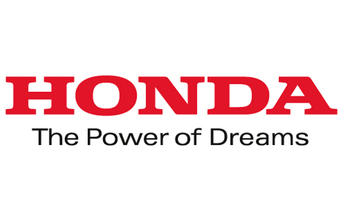
Bangladesh Honda Private Ltd (BHL), Honda's motorcycle business joint venture in Bangladesh, recently held the grand opening of a new motorcycle factory in the Abdul Monem Economic Zone, Char Boushia, Gazaria, Munshiganj Disrict, Dhaka Division in Bangladesh.
The ceremony was graced by representatives of the Bangladesh government, namely Amir Hossain Amu, Member of Parliament and Minister of Industries; Saber Hossain Chowdhury, Member of Parliament and Ex-Chairman of Inter-Parliament Union (IPU); Mrinal Kanti Das, Member of Parliament for Munshiganj-3; Md. Mosharraf Hossain Bhuiyan, Senior Secretary of Internal Resources Division and Chairman of National Board of Revenue (NBR); Paban Chowdhury, Executive Chairman of Bangladesh Economic Zones Authority (BEZA); Muhammad Abdullah, Secretary of Ministry of Youth and Sports; as well as His Excellency Hiroyasu Izumi, Ambassador Extraordinary and Plenipotentiary of Japan to Bangladesh. Representatives from Honda were Yoshi Yamane, Senior Managing Director and Chief Officer for Production Operations of Honda Motor Co., Ltd.; Noriaki Abe, Operating Officer and Chief Officer for Motorcycle Operations of Honda Motor Co., Ltd.; Masayuki Igarashi, Operating Officer and Chief Officer for Asia & Oceania Regional Operations of Honda Motor Co., Ltd., and President & CEO of Asian Honda Motor Co., Ltd.; and Yuichiro Ishii, Managing Director and CEO of BHL.
Honda, along with its partner Bangladesh Steel and Engineering Corporation (BSEC), has invested a total of 2.3 billion Bangladeshi Taka on buildings, equipment, facilities, and a land area of 25 acres for the new factory in Munshiganj District, Dhaka Division. The factory itself, which currently occupies one-third of the property, took a year to complete following the groundbreaking ceremony held on November 5, 2017. It will have an initial annual production capacity of 100,000 units of motorcycles. In line with market trends, BHL plans to continue to invest in expanding its production capacity to 200,000 units by 2021, and will build its full-phase factory on the remaining two-thirds of the property to accommodate future market growth.
(Continued on next page)



























